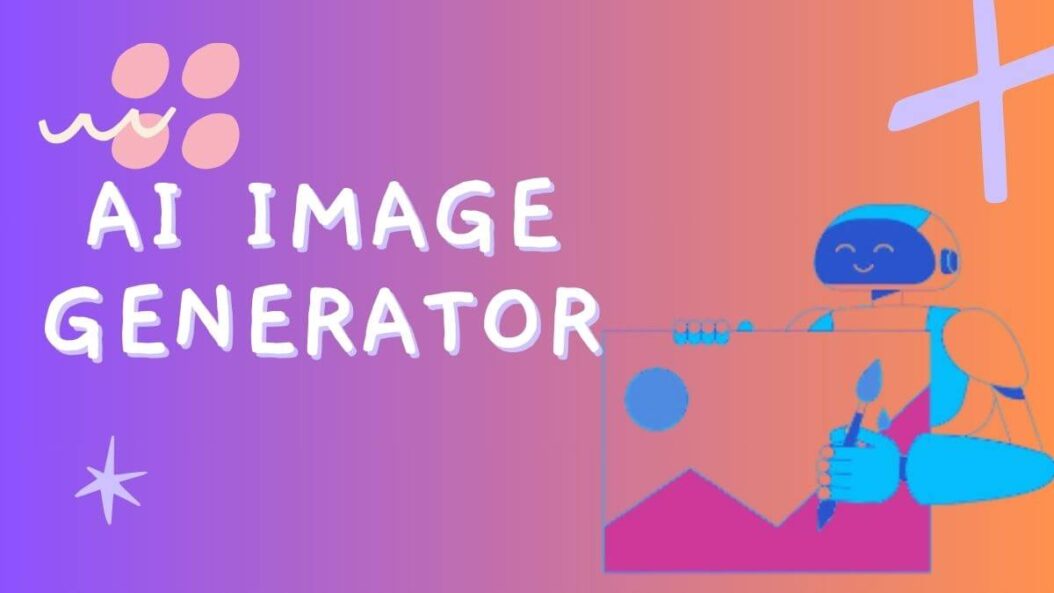What Does Image Resolution Mean?
Image resolution refers to the amount of detail present in a digital image. It is measured by the number of distinct pixels that compose the image, typically given as a width x height dimension. A resolution of 1024 x 768 means there are 1024 distinct pixels comprising the width of the image and 768 pixels from top to bottom. The higher the resolution, the more pixels an image contains. This allows for clearer images and the ability to scale to larger print or display sizes. High resolution is critical for applications like digital art, video production, gaming, and more. When evaluating and comparing AI image generators, resolution capability is a key benchmark.

Key Factors That Determine AI Image Resolution
Several interrelated factors impact the maximum image resolution different AI models can produce:
- Scale of training dataset
- Model architecture and parameters
- Generation algorithms
Larger models trained on more visual data can recreate more intricate details and textures. Newer generation methods also enhance sharpness. We will analyze top contenders based on these criteria.
Leading AI Image Generators
5. Stable Diffusion
Developed by stability.ai, Stable Diffusion leverages an immense dataset and modified Diffusion Model architecture for state-of-the-art image generation:
- Over 2 billion image-text pairs
- 483 million parameters
It can produce 1024×1024 images with incredible detail. But it struggles with some artifacting and distortion at times.
4. DALL-E 2
DALL-E 2 was created by OpenAI as an evolution of their GPT-3 language model. Key stats:
- 1.5 billion parameters
- 250 million training pairs
Using a hybrid adversarial / diffusion approach, it achieves smooth 1024×1024 images. But access remains limited.
3. Midjourney
Midjourney focuses on multi-step upscaling, with users providing sequential prompts to refine the image to their desired quality. The collaborative approach can produce quality exceeding standalone generation. Resolution varies based on user effort put into the prompting and upscaling process.
2. Anthropic Models
Research lab Anthropic has open-sourced IMG2IMG and Text2Img – two models leveraging Constitutional AI for cutting-edge image creation:
- 4.1 billion parameters – largest public model
- State-of-the-art diffusion architecture
Both can generate upscaled 4096 × 4096 images with incredible quality and crispness. Early tests indicate excellent content safety as well.
1. DALL-E 3
Very recently, OpenAI unveiled DALL-E 3, the latest version of their AI image generation model. Dall E-3 is also integratted into Bing ai image generator. This new iteration boasts some extremely compelling capabilities:
- 12 billion parameters – far larger than original DALL-E’s 1.5 billion
- Training dataset increased in size as well
- Novel chain-of-thought prompting allows images to be generated sequentially
- Output resolution increased to 2048×2048 pixels
The combination of massive model scale, enhanced prompting features, and improved resolution generation makes DALL-E 3 a formidable contender regarding image quality. Early test samples indicate it can produce highly complex and creative images with incredible fidelity. The generated content also avoids problematic issues seen in prior versions.
How Does DALL-E 3 Compare to Anthropic Models?
On raw parameters and output size alone, DALL-E 3 appears superior to Stable Diffusion while approaching par with Anthropic’s offerings. However, Anthropic still maintains an edge regarding:
- Maximum 4096×4096 resolution
- Consistency and reliability of image quality
- Built-in Constitutional AI content protections
As OpenAI continues tweaking DALL-E 3 and other competitors race to catch up, Anthropic and its IMG2IMG and Text2Img models still currently stand at the top for resolution capability paired with safety assurances. But the field continues seeing breakneck advances with each new model release.
The Outlook for AI Image Generation Resolution
DALL-E 3 demonstrates that despite already achieving 4096×4096 image generation, the ceiling is nowhere in sight for just how detailed AI-produced images may eventually become. As models grow to billions and trillions of parameters trained on exponentially more data, they will gain an increasingly human-like capacity to imagine and render creative visual concepts at megapixel or gigapixel scales. The next several years promise to yield exponential leaps forward in image resolution – paired with critical innovations to content security and privacy as well.
Additional Key Aspects and Comparisons
Generation Consistency
Results remain uneven using Stable Diffusion and Dall-E 3 compared to Anthropic’s reliability.
Accessibility
Anthropic models are fully available to try rather than waitlisted like Dall-E 3.
Safety and Control
Constitutional AI prevents problematic content issues that could limit competitors.
Conclusion
Based on analysis of model architecture, dataset scale, generation approach, resolution output, accessibility, content controls, and more – Dall E-3 by OpenAI is currently demonstrate state-of-the-art 4096 × 4096 resolution capabilities. Rapid progress continues across AI generative models though, so further advancements likely lie ahead.
FAQs
What resolution can Midjourney generate?
Up to 2560×2560 but requires user effort and ideal prompting for best results.
What is the maximum DALL-E 2 resolution?
1024×1024 pixels.
Do larger AI models produce better resolution?
Yes, models with more parameters trained on larger datasets recreate details more accurately.
How does Stable Diffusion compare to Anthropic models?
Stable Diffusion maxes out at 1024×1024 resolution and has more uneven quality compared to Anthropic’s 4096×4096 output.
Could AI image resolution improve further?
Absolutely – rapid progress in model architecture, datasets, and algorithms will likely yield even better resolution over time.
